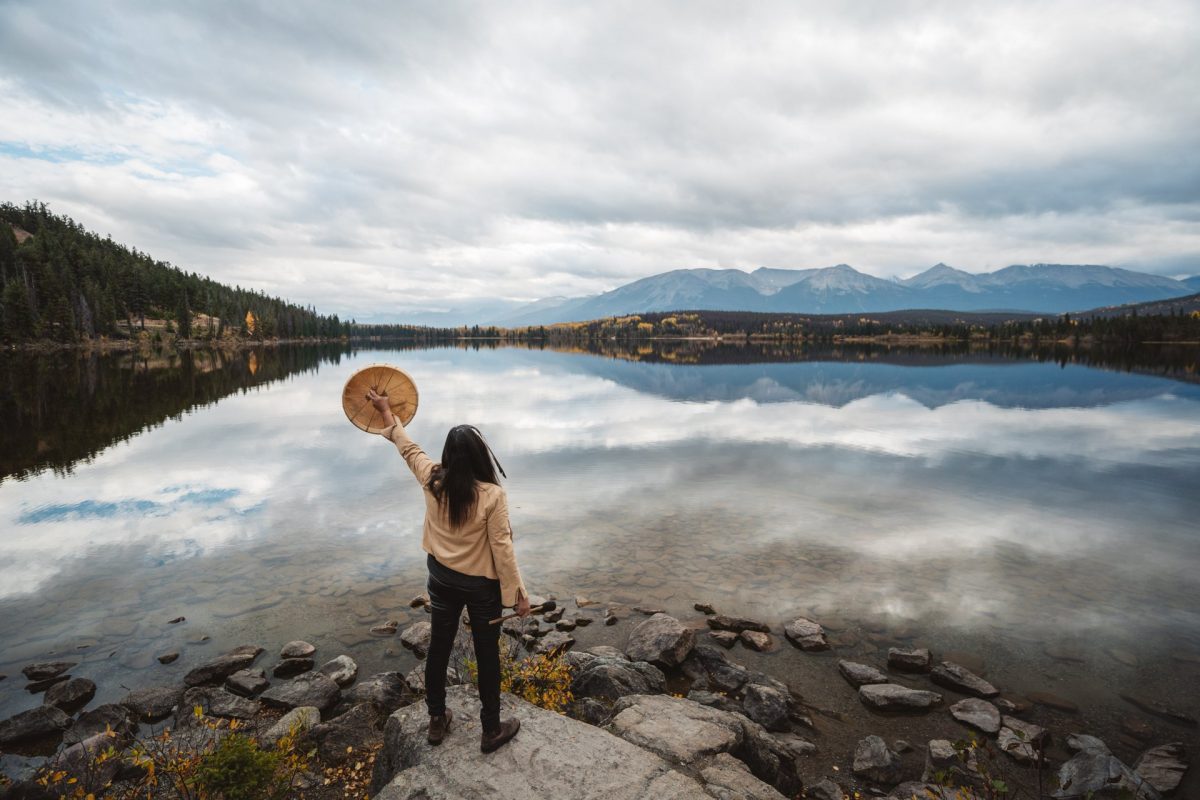Skift Take
After all, Indigenous experiences can play a critical role in Canada's reconciliation process, as well as in drawing the deep-pocketed international traveler back to Canada.
The Canadian government released its 2022 budget this month and there’s scant reference of the tourism sector — a single page out of a 304-page report. No extension of the Tourism and Hospitality Recovery Program either, which provided wage and rent subsidies to the sector. That’s set to expire on May 7, despite the private sector’s ask for ongoing support.
But some dashed industry expectations aside, there’s reason for optimism, according to Canada’s tourism leaders. The sector will receive $1 billion for 2022-2023, similar to last year’s budget. The government will develop a new national tourism growth strategy, in collaboration with the industry. And last but not least, Canada’s Indigenous tourism sector will receive $20 million in a first-ever dedicated Indigenous Tourism Fund, plus $4.8 million to support the Indigenous Tourism Association of Canada over a two-year period, which represents a longer-term commitment than last year.
“Last year we felt that Indigenous tourism was left out in many ways,” said Keith Henry, CEO of the Indigenous Tourism Association of Canada (ITAC) in a presentation to members this week. “I’m very proud to say that this year we have more tools to support an Indigenous-led strategy.”
Henry said these funds come in addition to ITAC’s new five-year agreement with Destination Canada to receive $2.2 million each year for the first three years, plus approximately $4 million from a national Tourism Relief Fund application awaiting final approval. “We’re really close to $40 million. It’s very exciting; it wasn’t quite the numbers we were hoping for in our $65 million plan, but it’s not that far off so we’re very pleased to see that.”
Henry said it wasn’t yet clear whether the new Indigenous Tourism Fund’s allocations would flow through ITAC or through its partners, but that the association would work alongside the tourism ministry to figure that out. “Our preference will be, how do we take these resources and get them back into the business operator’s pocket so they can reopen?”
For Beth Potter, CEO of the Tourism Industry Association of Canada (TIAC), the budget was a little disappointing in that it didn’t address renewing the tourism recovery program, but there are other promising allocations and recommendations, in addition to the strong support for Indigenous tourism.
“We were pleased to see some of the announcements around changes to immigration policies and processes that should help with our labor issues, especially the one for temporary foreign workers for seasonal work, and the increased allocation there from 10 percent of the workforce to 30,” said Potter.
A total of $29.3 million over three years for a new trusted employer model would also reduce the red tape for repeat employers of temporary foreign workers, which Potter says is a help for the tourism industry as well.
As far as the new national tourism growth strategy plan, Potter said that it may not take as long as the industry might think.
“I’ve had some conversations already to understand what the timeframe is on that, and certainly it’s something that they want to get underway quickly and through the summer,” said TIAC’s Potter.
Indigenous Tourism Association of Canada’s Henry said he sees the announcement of a new plan as a sign that the government is ready to update its prior strategy for the tourism sector and presents an opportunity for the Indigenous tourism sector. “I think this is an opportunity for us to change the channel from Covid to how do we bring back growth right.”
For now, the summer rebound is looking promising for Canadian businesses after two challenging seasons, a slow traveler increase this year, as well as ongoing delays at the land border with visitors not fully comprehending pre-entry protocols.
“We’re seeing, certainly on the leisure side, bookings starting to ramp up,” said Tourism Industry Association of Canada’s Potter, adding that the biggest concern is going to be handling capacity versus the availability of workforce to maintain the guest experience.
“I think everybody’s going to have a better summer than they had the last two years. We’re really focusing now on getting the message out about return to business travel and business events.”
The Daily Newsletter
Our daily coverage of the global travel industry. Written by editors and analysts from across Skift’s brands.
Have a confidential tip for Skift? Get in touch
Tags: canada, coronavirus recovery, indigenous tourism, north america, tourism
Photo credit: Indigenous warrior woman in Jasper Alberta Indigenous Tourism Association of Canada / Courtesy of ITAC
